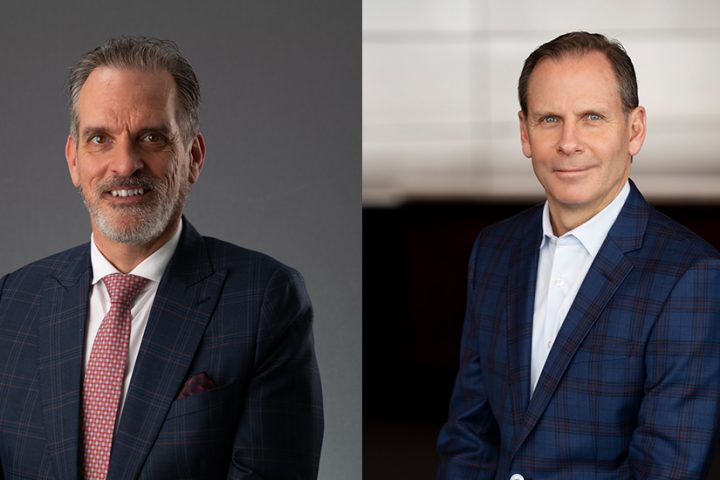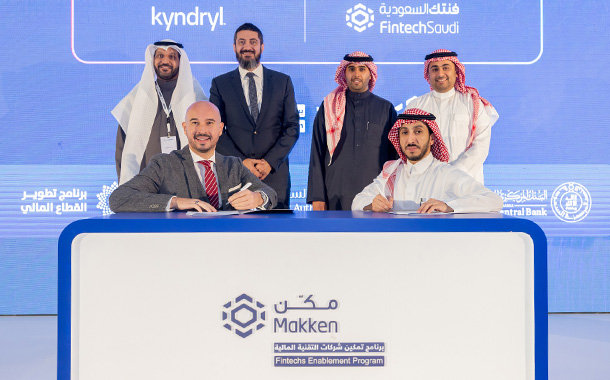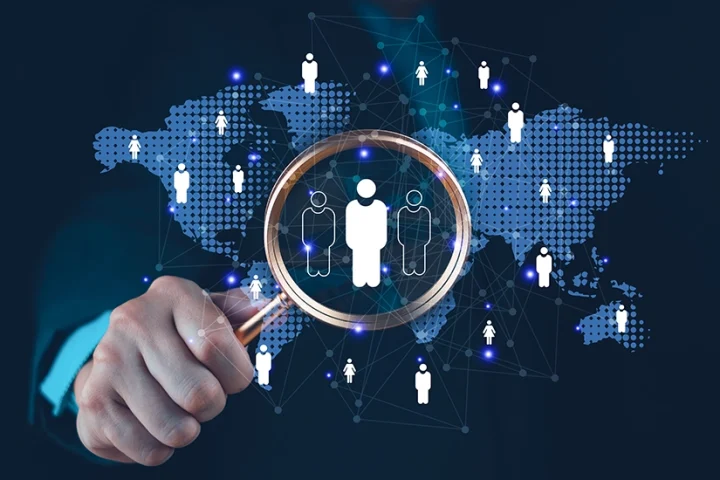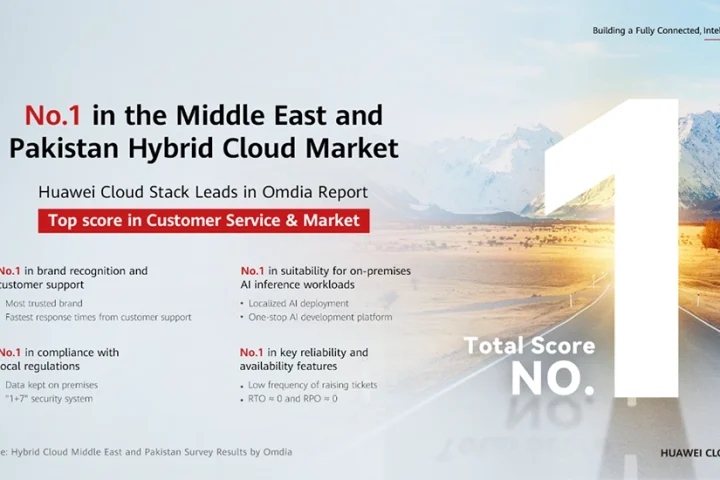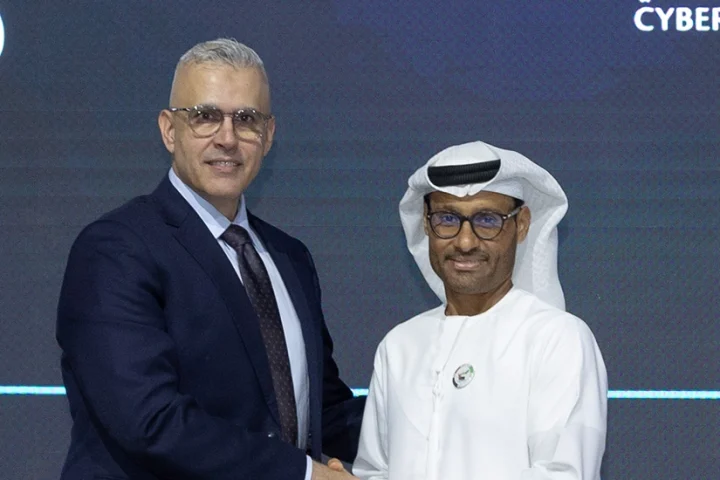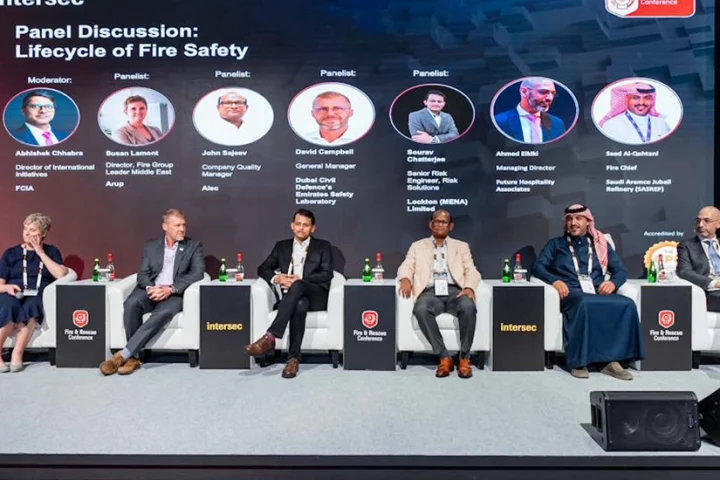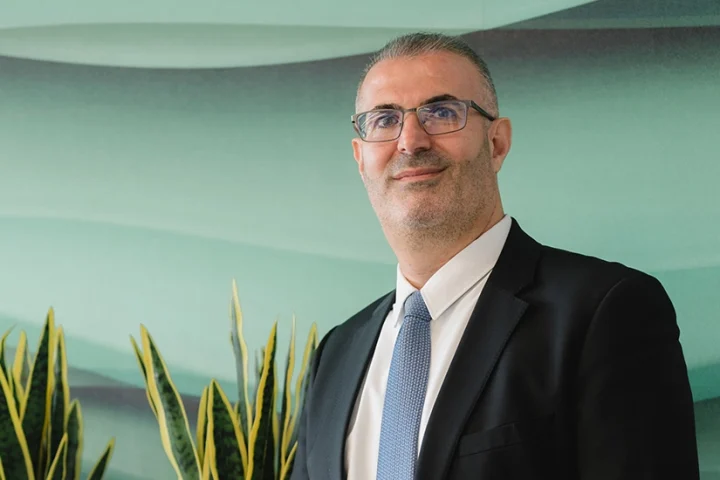To stay competitive in today’s environment, organisations must modernise the systems that run their most important operations. Whether it’s unlocking mainframe data with AI, integrating hybrid architectures, or moving from AI pilots to production at scale, the shift is underway globally. We sit down with Petra Goude, President, Kyndryl Stragetic Markets to understand the common challenges, regional complexities, and opportunities shaping the next chapter of enterprise transformation.
You oversee 40 countries. When you speak with customers across markets, are you seeing any common challenges or opportunities?
What’s interesting is that we see both similarities and differences. Every market has its own characteristics, but a few major forces are shaping the world everywhere. The first is a volatile macro-economic environment, which is affecting companies globally. The second is the arrival of AI, which is disrupting industries at unprecedented speed.
When you combine those two forces, the result is the same for every organisation: every company must become more competitive. And the only way to do that is by transforming mission-critical systems and capabilities. That has always been at the core of Kyndryl’s DNA — we come from mission-critical environments, so we are built for reliability, stability, and scale.
We also see this reflected in our recent Readiness Report: 65% of enterprises say they have changed their cloud strategy due to economic and regulatory pressures. Sovereignty is now a major consideration — particularly here in the Middle East and in Europe, and increasingly in parts of Asia. So while each market has local nuance, the macro drivers are global.
How do you balance global consistency with the need for local customization? Which parts of the architecture or service model should be standardised?
When Kyndryl was founded, the name itself came from “kinship” and “tendril” — meaning partnership, people, and growth. From day one, our design principle was clear: customers are at the centre of everything, and people are at the heart of the company.
That’s why we built Kyndryl to be locally strong. You can’t create business impact from a distance. You need people who understand the local context, customer expectations, regulations, and culture. That is how we ensure that business outcomes are relevant and meaningful — whether it’s here in the region, or anywhere globally.
But our local presence is powered by global expertise. Technology trends, alliances, and ecosystems are global by design. So what we deliver is the best of both: deep local engagement backed by global capability and world-class partners. That balance is what customers expect, and it is how we operate.
How do you see mainframe modernisation evolving — through APIs, cloud-native extensions, or workload migration?
It’s a topic I’m passionate about. There’s a misconception that the mainframe needs modernisation. In reality, the platform is one of the most modern and resilient in the world. In many ways, the mainframe was the first cloud.
What needs modernisation are the applications — how they’re built, how they integrate, and what business outcomes they deliver.
At Kyndryl, we see three core modernisation patterns:
First, modernise on the platform. Not the mainframe itself, but the workloads that should remain there. We make them faster, more agile, more cost-efficient, and more competitive.
Second, integrate with the platform. If a company runs a mainframe, you can assume it holds their most mission-critical data. That data must be accessible to modern applications without compromising security.
Third, modernise off the platform. Every mainframe has workloads that don’t belong there — legacy HR systems, for example. Those should be moved to a more suitable environment.
AI is now accelerating this shift. IBM has introduced extensive AI capabilities to unlock mainframe data with AI and GenAI. We also launched our Generative AI Framework in October, which helps automate code intelligence, rule extraction, and modernisation. And with sovereignty and hybrid IT shaping the future, the mainframe is no longer isolated. It is becoming a core component of hybrid architectures — integrated, automated, and supported by DevOps and DevSecOps practices.
From an AI perspective, where do you see the biggest impact in mission-critical environments?
AI is entering every layer of the enterprise. Two years ago, most people hadn’t used GenAI. Today, it’s everywhere.
We see three major impact areas:
First, business use cases. For example, we worked with an insurance provider where actuaries manually handled risk checks. We developed an agentic AI solution that reduced costs by 17% while improving accuracy. In a bank, we ingested 1,700 regulatory documents, converted them to code, and created agent-based checks to ensure compliance. These are things that were extremely difficult before AI.
Second, operational intelligence. Our Kyndryl Bridge platform uses AI to detect patterns, outages, anomalies, and risks across customer environments. If one system fails due to a specific issue, we can instantly analyse where else that issue may occur, and fix it proactively.
Third, modernisation acceleration. Legacy systems contain decades of business rules embedded in code. AI allows us to extract, understand, and map those rules — making modernisation significantly faster and safer.
So yes, AI affects observability, automation, incident response, but the real transformation is broader: AI is reshaping how business runs, how operations are managed, and how systems evolve.
Do you see AIOps and automation becoming mainstream in the next few years?
Absolutely. And it will keep pushing us to be better. A year ago, almost no one talked about agentic AI. Today, it’s at the centre of innovation. We can see the road ahead, but we also know we’ll discover new possibilities we haven’t imagined yet. The pace is accelerating, not slowing down.
Which industries are leading hybrid IT modernisation? Government, banking, finance — or others? Are there best practices slower industries can adopt?
Every industry has its own dynamics. Banking and financial services could move faster, but regulatory requirements add complexity. Manufacturing and industrial sectors may have fewer regulatory constraints, but transformation cycles are slower.
So it’s not one industry moving ahead; it’s individual companies within every industry. The bold, forward-thinking organisations will take the lead. And leadership in every sector will need to challenge themselves to stay ahead, not fall behind.
Is AI really a data issue? We see reports stating that 95% of AI projects fail. Do you help clients scale beyond PoCs into production?
Absolutely. There are many great ideas, but without the right data foundation, AI will fail. If you put AI on bad data, you will simply get bad outcomes, only faster. So a major part of our work is helping customers build the right data layer and data integration foundation. If you want to adopt AI, especially when you start incorporating external data sources, you need full data lineage. You must know where data comes from, how it is secured, and how it moves through the system.
We help customers create that strong data layer, but we also help them build real use cases that go into production and deliver value. And we are already doing this every day. New use cases are going live constantly, including some very innovative projects here in the region. So yes, a big part of our focus now is helping organisations move beyond the PoC phase and into production at scale.




